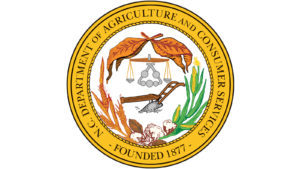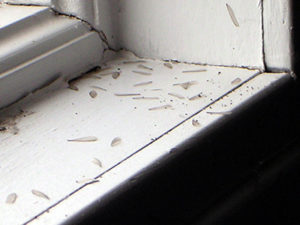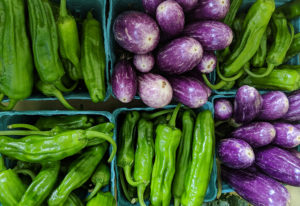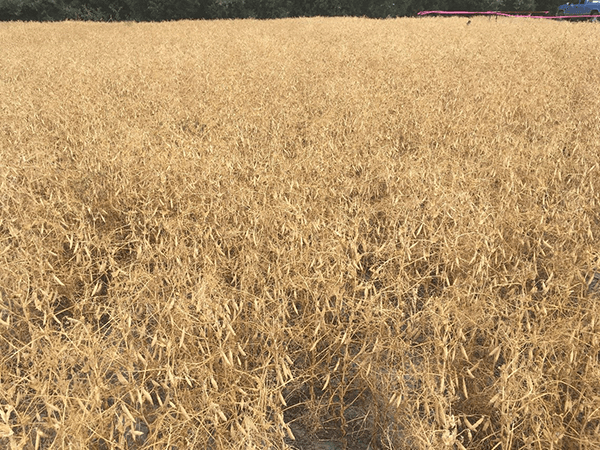
European Pepper Moth Adults and Larvae Are Active in Nurseries
NC State Extension Area Specialized Agent Danny Lauderdale trapped the first European pepper moths last week. This is a …



Extension and research at NC State address timely issues impacting our state. Extension delivers trusted information directly into the hands of farmers and agribusinesses, helping them translate knowledge into solutions that grow our economy and communities.
El inglés es el idioma de control de esta página. En la medida en que haya algún conflicto entre la traducción al inglés y la traducción, el inglés prevalece.
Al hacer clic en el enlace de traducción se activa un servicio de traducción gratuito para convertir la página al español. Al igual que con cualquier traducción por Internet, la conversión no es sensible al contexto y puede que no traduzca el texto en su significado original. NC State Extension no garantiza la exactitud del texto traducido. Por favor, tenga en cuenta que algunas aplicaciones y/o servicios pueden no funcionar como se espera cuando se traducen.
Inglês é o idioma de controle desta página. Na medida que haja algum conflito entre o texto original em Inglês e a tradução, o Inglês prevalece.
Ao clicar no link de tradução, um serviço gratuito de tradução será ativado para converter a página para o Português. Como em qualquer tradução pela internet, a conversão não é sensivel ao contexto e pode não ocorrer a tradução para o significado orginal. O serviço de Extensão da Carolina do Norte (NC State Extension) não garante a exatidão do texto traduzido. Por favor, observe que algumas funções ou serviços podem não funcionar como esperado após a tradução.
English is the controlling language of this page. To the extent there is any conflict between the English text and the translation, English controls.
Clicking on the translation link activates a free translation service to convert the page to Spanish. As with any Internet translation, the conversion is not context-sensitive and may not translate the text to its original meaning. NC State Extension does not guarantee the accuracy of the translated text. Please note that some applications and/or services may not function as expected when translated.
Collapse ▲
NC State Extension Area Specialized Agent Danny Lauderdale trapped the first European pepper moths last week. This is a …

Adapted from a press release written by Rich Bonnano. The N.C. Department of Agriculture and Consumer Services (NCDA&CS) is taking …

Warm weather brings people outdoors for their spring lawn and garden activities. It also signals the start of carpenter …

Press release by Richard Campbell, NC State Extension. COVID-19 has disrupted our lives and routines, from how we work, play …

Rain across many areas of North Carolina over the next few days followed by warmer temperatures will likely bring …

NC State Extension has compiled resources that provide best practices for preparing for COVID-19 and managing risk for individuals …

Last week was a blur amid all the news about coronavirus and its impacts on our communities, both locally …
This publication provides guidance to Extension agents on how to design and conduct trials and …
This publication, chapter 7 of the North Carolina Soybean Production Guide, discusses disease management in …

This publication, chapter 3 of the North Carolina Soybean Production Guide, covers fertilization and nutrient …

This publication discusses the findings of applied research conducted to answer production questions about growing …

Fertilizer burn can occur to the soybean seed from an in-furrow application and to the …

Sunscald is caused by bright sunlight on a wet leaf after exposure to high temperatures. …

This publication, chapter 12 of the North Carolina Soybean Production Guide, discusses the soybean market …

This publication, chapter 5 of the North Carolina Soybean Production Guide, discusses soybean planting decisions, …